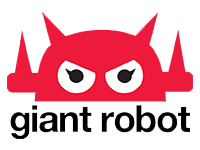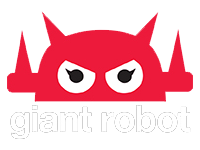Joe and Etsuko Price Speaks to GR a bit about Ito Jakuchu at the Bowers Museum

GR: What did you think when you first saw Jakuchu’s work?
JP: I had no idea who the artist was. I haven’t heard about Japanese art, let alone know the artists. I could see in this painting the essense of nature, the feeling of nature was captured by getting rid of everything in the actual world of a grapevine that wasn’t necessary, leaving only the essence. If you look at the painting, a grape vine doesn’t look like that. It’s only the feeling of a grapevine that comes through it’s beauty. Any artist who can take nature and make it more beautiful that’s what I fell in love with. I like to have it on exhibit in different places, I want other people a chance to see this same beauty that I see.
GR: Are you still adding to your collection?
JP: I don’t room anymore. I’ve got too much now. I want it to be seen and get it out.

GR: Ayako saw the exhibition in Tokyo.
JP: There you could see it all at once. Were you living in Tokyo at the time? Were you one of the Takeshita Street girls?
AF: No. (laughing).
JP: Aw heck. That was the most beautiful time. The guards warned me that there were some kids coming from Takeshita Street, “but do not worry, we are watching them.” I thought it was strange so I started watching them. They came into the special room where we were changing the lights from sunlight to moonlight. They started crying. They sat on the floor held one another and just cried. My wife she could translate and they were saying, we’ve never seen our own art so beautiful and then I realized, no Japanese for 200 years, has seen Edo art without glass, artificial light, without all these items that changed the art. It was those kids who saw the difference. It wasn’t the old time museum goers, those kids got home and got on the internet and sent out “you have to see this Edo art.” I was hoping you were one of those!
AF: I became a huge fan of him when I went to see the exhibition. It was a strong energy that he has, and it’s ageless.
JP: I learned so much from that. Later, I realized that I had bought my first painting in 1953. I was the same age as those kids. So Edo period reaches to the uneducated to what you should like, to what they did like. If you want to see the real beauty of an Edo painting, go to Washington DC, end of march next year, for the 100th anniversary for the gift of the cherry trees. The Imperial Family is sending over 33 Jakuchu paintings. These are the most beautiful paintings this world has ever seen. It’s going to be a shocker.


Etsuko Price talks about the large screen piece with the numerous animals.
EP: In Edo period, rare animals were symbol as good luck. So, you see many unique animals even imaginary animals in this drawing. Every square in this painting is a specifically 1cm each. Some scholars are guessing that he used squared graph paper for designing Nishijin Ori (Type of Kimono). Perhaps he almost wanted to make it look like a carpet, because they started to import carpets from Europe in Edo period, and he had some relatives who worked at Nishijin. He probably wanted to try to do something new inspired by those things. Here really, if you get close to it, these squares are all in 1 cm each.
42000 squares. Add the one in behind, 84000 squares.




